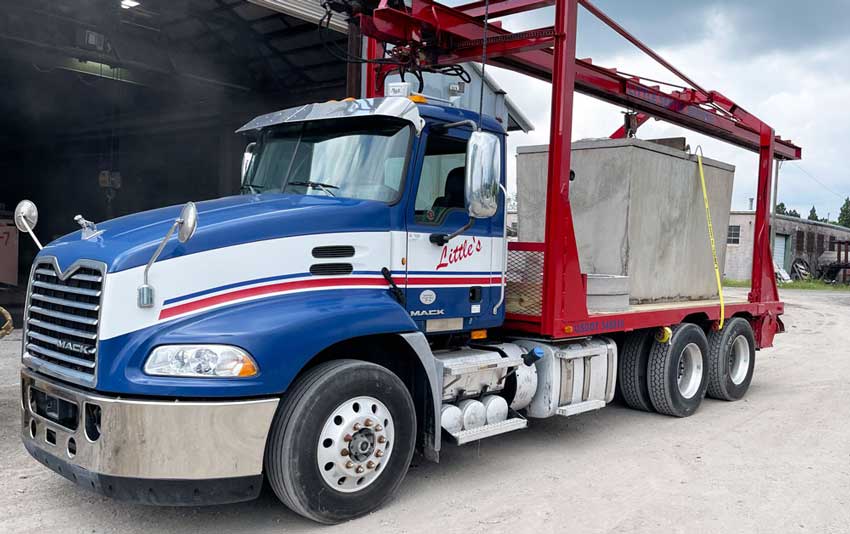
There is a natural inclination to think big – both literally and metaphorically – when your house and property are involved. This is especially true when you’re either building a new home or acquiring a house new to you.
Deciding what to do about a septic system is no different, and in some ways at first blush, it may seem an attractive option to go big with your new septic tank.
But is bigger, in fact, better?
As it turns out, Goldilocks and the three bears may be a more fitting illustration than the “supersize me” thought process in this particular situation.
It’s better to find the “just right” fit for a septic tank than to simply install the biggest one you can find.
If the tank’s capacity is too far beyond the amount of wastewater your home produces, it won’t operate properly.
Hitting again on a common theme on this blog – your septic system relies on fairly intricate science to function, and without the right balance, it won’t work the way it should, which is good news for no one.
Let’s break it down:
- Wastewater enters your septic system. In a typical home or business, this will include solids as well as fats, oils and greases.
- In the tank, the solids sink to the bottom and the oils rise to the top.
- Tanks are generally constructed to keep those where they are and let the water flow out, where it is naturally and biologically filtered until it becomes groundwater.
- If the volume of wastewater you have isn’t the right ratio to the volume of your septic tank – i.e., not enough water – it won’t flow out properly.
- Also, the bacteria that populate properly functioning septic tanks won’t grow in the absence of sufficient water.
Septic tanks differ widely in capacity, but the range for residential properties is more narrow and specific. It’s also worth noting state or local code may mandate a minimum septic tank capacity.
Let us at Little’s Septic help you diagnose what septic tank is best for your home or business – as part of our commitment to complete care for your system!

